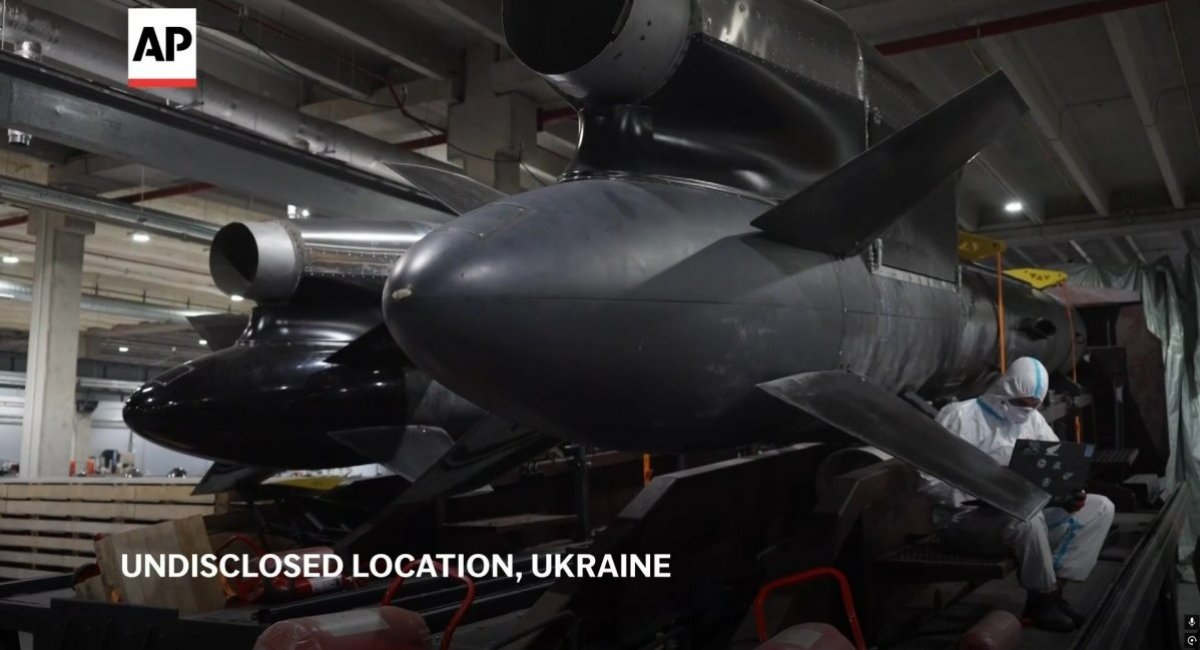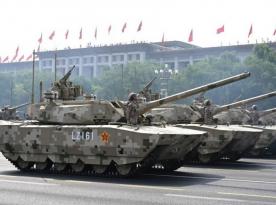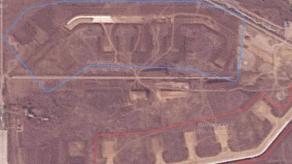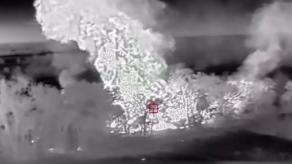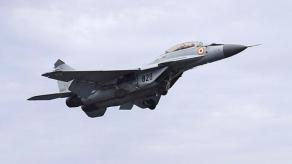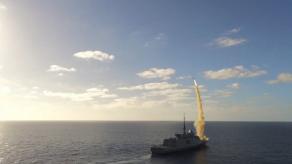Fire Point, a Ukrainian startup company, is already assembling FP-5 Flamingo cruise missiles at a rate of up to 30 units per month, aiming to reach a production rate of 210 units a month by October 2025.
These plans were disclosed in an Associated Press story, where Fire Point's chief technical officer, Iryna Terekh, presented the system.
Read more: Two Possible Drawbacks of Ukraine's FP-5 Flamingo Cruise Missile
New Ukrainian FP-5 Flamingo missile in a video by Associated Press https://t.co/HslhgE98Eq pic.twitter.com/P5FlmwIt0F — Special Kherson Cat (@bayraktar_1love) August 21, 2025
As Defense Express predicted earlier, the FP-5 Flamingo is indeed produced by the same company that builds the FP-1 long-range strike drone. All assumptions about the missile's identity with the mock-up displayed by Milanion Group at IDEX-2025 in February have also been confirmed.
At the same time, the level of detail revealed appears somewhat excessive, especially considering that it features a cruise missile meant to become Ukraine's most powerful strike weapon against russia.
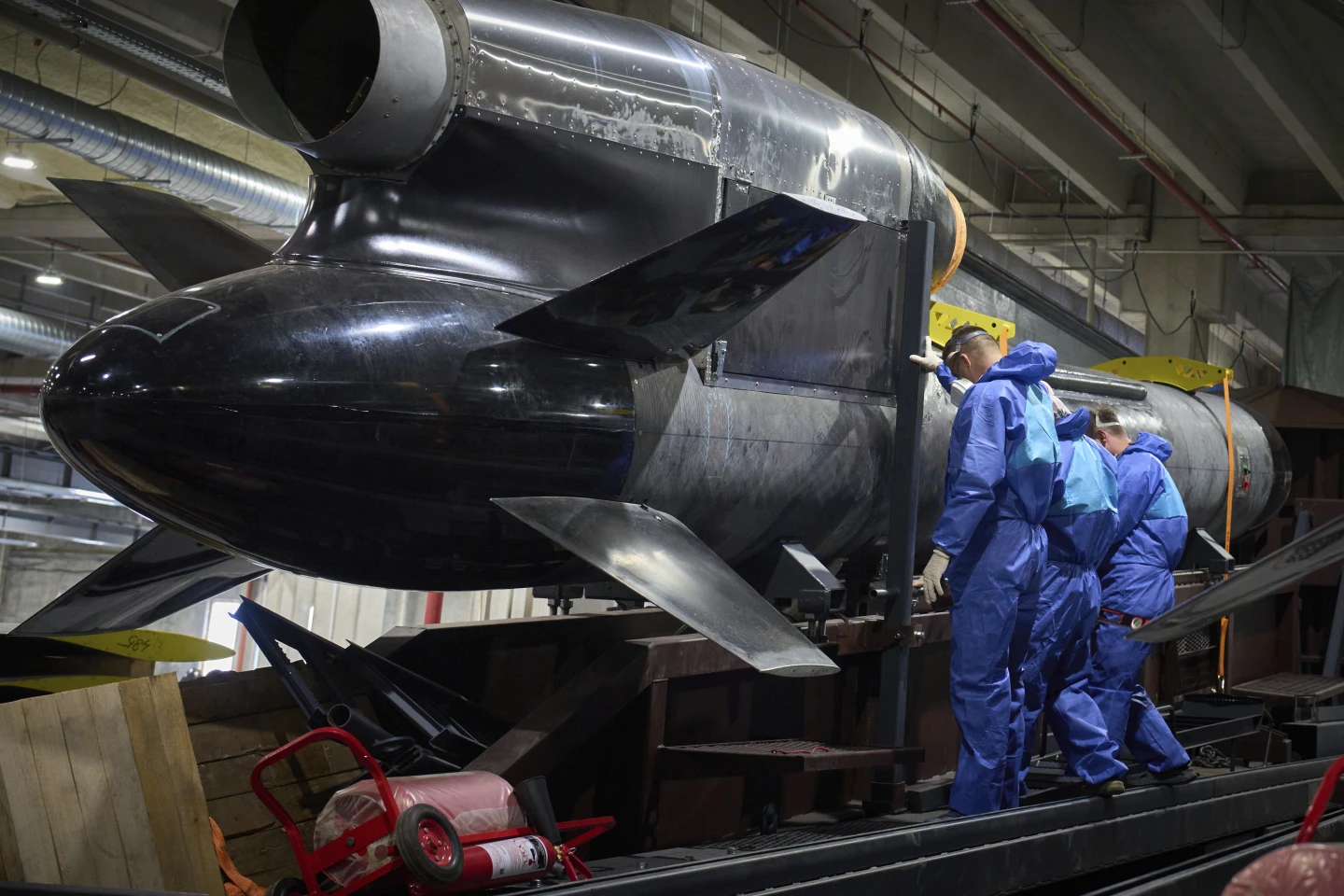
That is because the missile has a declared range of up to 3,000 km — unprecedented in Ukraine's defense industry — and carries a 1,150 kg warhead, even larger than initial estimates. Furthermore, disclosing that the same production facility also mass-produces FP-1 drones is an unnecessary risk.
Photos and videos from the above-ground facility show four completed FP-5 Flamingos mounted on launchers, with several more nearing completion. First of all, let's take a closer look at the missile body.
Its design is more advanced than initially believed. The main monocoque fuselage is produced using fiberglass winding, a complex process reminiscent of winding a cocoon, leaving a distinctive diagonal fiber pattern.
This technology, usually reserved for ballistic missiles, makes the fuselage lightweight but also strong and robust enough to carry structural loads, with external stiffeners providing further reinforcement. Furthermore, since fiberglass is radar-transparent, it reduces the missile's visibility compared to similarly sized metal-bodied weapons.
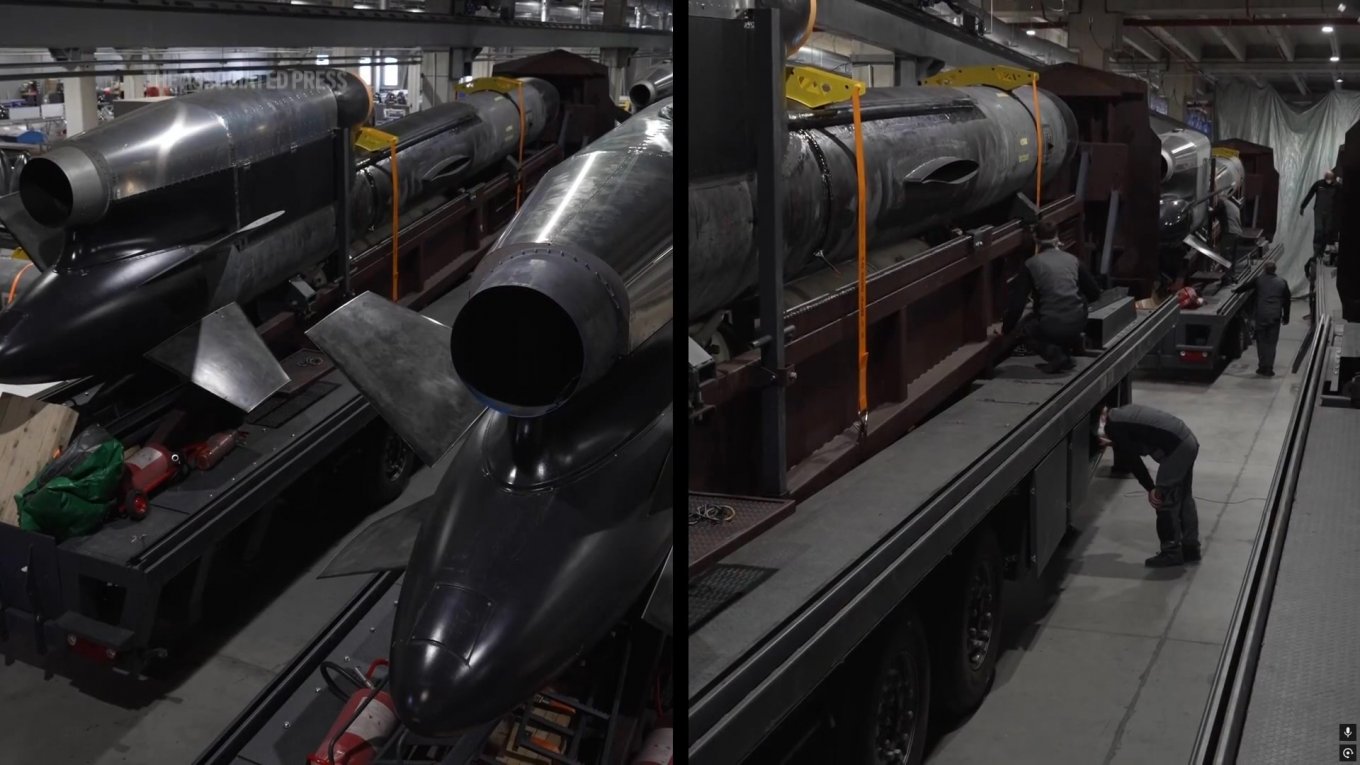
The front and rear fairings are also radar-transparent, with metal used only for the engine nacelle, where high temperatures require it.
The engine compartment also houses a satellite navigation system with CRPA antennas, protected against jamming. Comparable to russia's Kometa-M, this setup ensures high resistance to electronic warfare.
Another photo shows the FP-5 Flamingo's warhead, which appears to be an off-the-shelf aerial bomb. Based on its size, it could be either a 2,000-pound Mk 84 high-explosive bomb or a same-weight BLU-109/B bunker buster capable of penetrating up to 6 feet of reinforced concrete.
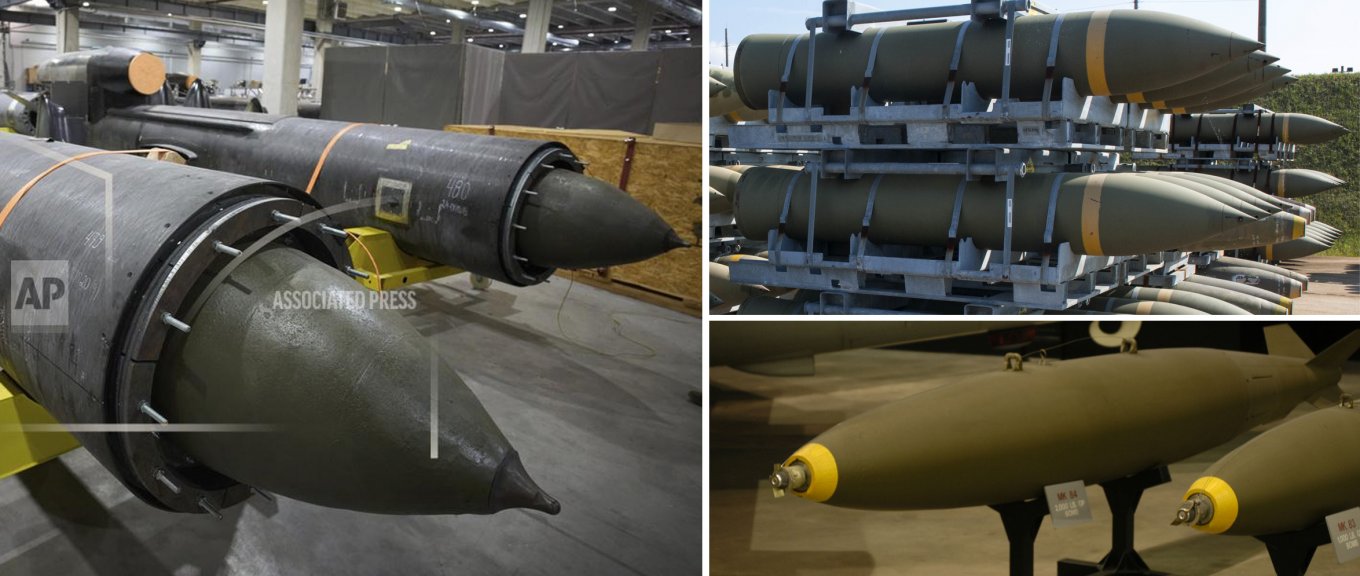
The missile's engine, visible in the photos but not precisely identifiable, supports earlier assumptions that it could be adapted from jet trainer aircraft such as the British Hawk or Czech L-39.
Read more: Before the Tomahawk Era: U.S. Cruise Missile That Resembled FP-5 Flamingo — MGM-13 Mace Targeted at USSR



